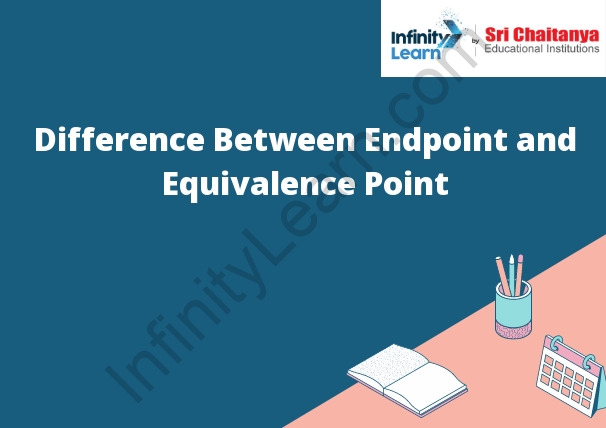Table of Contents
An Introduction of Endpoint and Equivalence Point
An endpoint is a specific point in a chemical reaction at which one or more substances are completely converted into others. The equivalence point is the point at which the reaction is exactly 50% complete.

Titration Technique of Analytical Chemistry
A titration is a technique used in analytical chemistry to determine the concentration of an analyte in a sample. The analyte is typically a chemical species that is in solution and is to be quantified. The titration process involves the addition of a titrant, which is a known quantity of a standard solution of the analyte, to the sample. The endpoint of the titration is the point at which the analyte is completely neutralized by the titrant. The concentration of the analyte in the sample can then be determined by measuring the volume of titrant that was required to reach the endpoint.
What is an Endpoint?
An endpoint is a reference to a specific location in a network where communication or data exchange takes place. It is a point at which two or more systems or components connect and share information. In a TCP/IP network, endpoints are identified by IP addresses.
What is the Equivalence Point?
The equivalence point is the point at which an acid and a base have equal concentrations of hydrogen ions.
Difference Between Equivalence Point and Endpoint
The equivalence point is the point at which the reaction is complete and the two solutions are chemically equivalent. The endpoint is the point at which the reaction is stopped.







